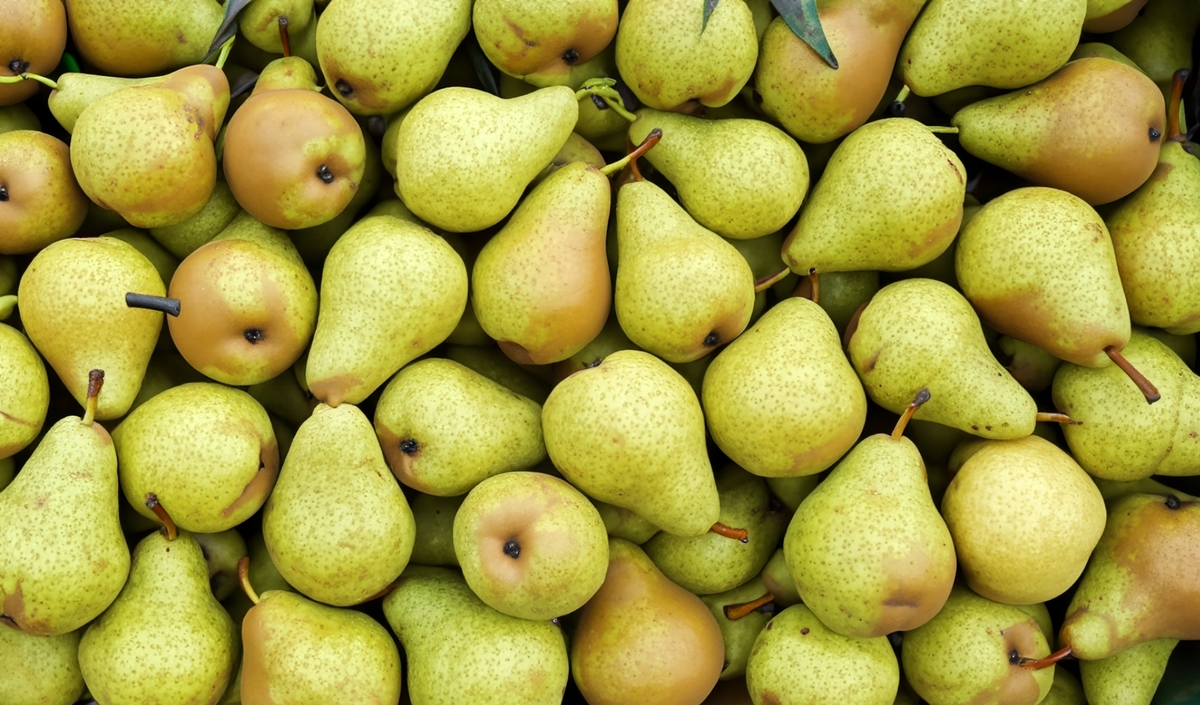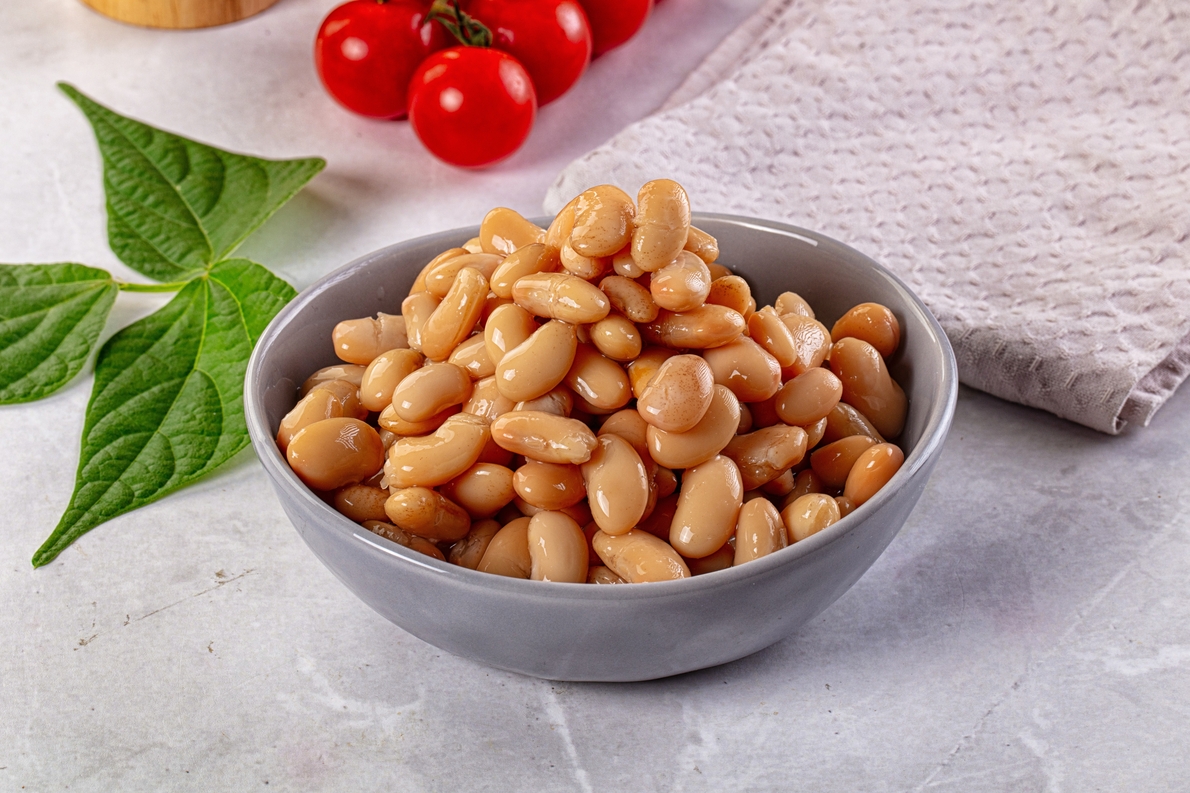This article was updated in May of 2025.
Key points:
- Pancreatitis is a commonly diagnosed disease, and can occur in dogs regardless of the daily diet they’re fed. Estimates vary, but studies have found that the prevalence of the illness ranges from around 1.5% to more than 25%.
- There’s a higher risk of developing pancreatitis among certain breeds, older dogs, and dogs with underlying health conditions, including being overweight.
- Two BIG things you can do to ward off pancreatitis: prevent “dietary indiscretion” (consumption of garbage and table scraps) and maintain an ideal body weight.
- Early diagnosis and treatment are the keys to a smooth recovery in mild cases of pancreatitis, and can help prevent signs from progressing into a life-threatening condition.
- Always seek your veterinarian’s guidance for any questions about your dog’s health.
At some point, most dogs will suffer a bout of vomiting or diarrhea. Very often, if they don’t last longer than a day, these episodes are nothing to worry about. But sometimes, vomiting, diarrhea, lack of appetite, and lethargy can be signs of a potentially serious condition—like pancreatitis.
The term pancreatitis refers to inflammation of the pancreas, an organ that plays an important role in your dog’s health. An inflamed pancreas can be quite painful for your dog, and, in some cases, lead to serious complications.
While pancreatitis in dogs has been the subject of ample research dating back to the 1970s, its causes are still not fully understood.
Here, we’ll cover what you need to know about canine pancreatitis, including possible causes, signs, and treatment options, so you have the information you need to be an advocate for your pet’s health.
Understanding pancreatitis in dogs
First things first—let’s talk about the pancreas. The pancreas is a gland located near the stomach, and it is a vital component of the digestive system. This gland produces specific enzymes—proteases, amylases, and lipases—that facilitate digestion and help your dog absorb proteins, carbohydrates, and fats from food. It also plays an important role in controlling blood sugar by producing insulin.
Pancreatitis, in simple terms, is inflammation of the pancreas. It happens when the enzymes that should be digesting food in the small intestine instead damage the pancreas itself. This leads to an inflammatory response that, depending on the severity of the disease, can cause irritation, pain, and harm to the pancreas as well as surrounding tissues and organs.
Canine pancreatitis can be acute or chronic. When a dog first gets the disease, it’s typically considered acute—in the context of other GI conditions, acute episodes are those typically lasting less than two weeks.
If a dog keeps experiencing pancreatitis, or they don’t fully recover from their first episode, the disease can be considered chronic. While acute pancreatitis can present with severe clinical signs like vomiting, abdominal pain, and diarrhea, it’s also possible that a dog with chronic pancreatitis never shows those classically acute signs. Though inflammation is a natural protective response by the body, it can lead to permanent tissue damage.
Fortunately, this inflammation is typically limited to the pancreas itself, or localized to a portion of the abdominal cavity—and, with prompt diagnosis and veterinary support, most dogs make a full recovery from acute cases of pancreatitis.
Signs of pancreatitis
The signs of pancreatitis may be easy to miss because, in many cases, they can be similar to those of common, unrelated gastrointestinal issues. These signs include vomiting, lack of appetite, diarrhea, and general discomfort.
It’s important to see your vet if your dog vomits more than once or twice, or is experiencing the other signs noted here. Pancreatitis is serious, and timely veterinary care will give your dog the best chance of recovering.

Causes of canine pancreatitis
Most cases of pancreatitis in dogs are idiopathic—they have no known cause. Even so, researchers have identified a number of risk factors related to development of the condition:
- Genetic predisposition (at-risk breeds include miniature schnauzers, poodles, cocker spaniels, dachshunds, Cavalier King Charles spaniels, collies, boxers, and some terriers)
- Age (seniors are at higher risk)
- Excess weight
- Infections
- Dietary indiscretion (eating things they shouldn’t, like garbage or table scraps)
- Hormonal imbalance related to medical conditions like diabetes or hypothyroidism
- Medication side effect
- Reflux in the pancreas or obstruction of the enzyme ducts
- Direct trauma to the pancreas (such as surgery or a car accident)
Pancreatitis and fat
Pet owners and veterinarians sometimes associate “high-fat” foods with an increased risk of pancreatitis in dogs; however, there have not been any published studies demonstrating a cause-and-effect relationship between the concentration of dietary fat and canine pancreatitis.
Veterinary nutrition researchers have been studying the potential causes of pancreatitis for over 70 years, and there still isn’t a definitive answer on the true cause of this disease and whether fat plays a part.
One 2009 study that compared lower- and higher-fat diets found higher fat content alone was not associated with higher pancreatic response in healthy dogs. There is substantive evidence, however, that “dietary indiscretion” (dogs scarfing down food they shouldn’t eat) does play a role. As one major study found, ingesting unusual food items or table scraps, and “getting into the trash,” increased the odds of pancreatitis.
There are no known published clinical studies showing that a diet that’s complete and balanced to AAFCO guidelines causes pancreatitis.
Diagnosis and treatment options
Because pancreatitis can progress quickly, prompt diagnosis is essential. Bring signs of pancreatitis to your veterinarian’s attention as soon as possible. The sooner you have a diagnosis, the sooner your dog can begin treatment.
Your vet will use your dog’s history, predisposing factors, and exam findings to diagnose pancreatitis. They may also use tools including:
- Specific canine pancreatic lipase (SPEC cPL) test: This reliable blood test checks for elevated levels of pancreatic enzymes. It identifies most cases of pancreatitis and helps exclude other possible diseases.
- Ultrasound: This diagnostic tool gives the veterinarian a chance to look at the other organs to check for additional complicating factors. The accuracy of an ultrasound in diagnosing pancreatitis, though, is dependent on many factors—including user experience, the ultrasound itself, and timing relative to onset of clinical signs.
- Abdominal X-rays: Abdominal radiographs aren’t always helpful in diagnosing pancreatitis, but they may be used to rule out other causes of disease.
The only way to definitively diagnose pancreatitis is with a pancreatic biopsy, or directly sampling the pancreas tissue. This is rarely performed due to the level of invasiveness of this procedure, which is why clinicians must rely on the history, exam, and a combination of other tests to help guide them in making this clinical diagnosis.
Based on the findings of your dog’s physical exam, recent history, and laboratory testing, your veterinarian will make a diagnosis and recommend a treatment plan. Traditionally, withholding food and water for 24 hours was recommended for dogs with pancreatitis. However, according to our on-staff veterinary nutritionists and recent research, withholding food is unlikely to improve the condition. Instead, it’s recommended that you begin feeding small amounts of a highly palatable, highly digestible food as soon as nausea and vomiting are controlled.
Many dogs do recover from pancreatitis. With treatment, pancreatitis can resolve. For some patients, particularly those with increased risk factors, pancreatitis might return.

The importance of a healthy diet
There is no denying the importance of a healthy diet in general, but nutritional management is particularly important when it comes to preventing or treating pancreatitis in dogs. Here are some of the important dietary considerations in preventing and managing pancreatitis:
Stop the scavenge: Perhaps the most important aspect of dietary management for dogs prone to pancreatitis (or any dog!) is controlling dietary indiscretion—scavenging. Some dogs will eat anything and everything, even things that aren’t food. Avoid leaving food out on the counter at home, keep garbage cans covered, and don’t give your dog table scraps, which can trigger an attack of pancreatitis.
The real role of fats: Keep in mind that your dog requires healthy fats as part of a balanced diet—a high-quality, complete and balanced diet should provide those fats, along with protein and other nutrients, in the right amounts and proportions. Ideally, your dog’s diet will provide fats through fresh, lightly cooked food. But do be careful about doling out table scraps as extras (think: bacon, trimmings from your roast). These “treats” could trigger pancreatitis, or a recurrence of the condition in the future.
It’s also important to note that not all fats are created equal. Omega-3 fatty acids are healthy fats that have anti-inflammatory properties, and can help support the quality and condition of your dog’s coat and skin, as well as support heart, brain, and joint health. And omega-3 fatty acids like those found in fish like sardines may also help reduce pancreatic inflammation. A diet that contains supplemental omega-3 fats is the best option to ensure you’re getting the right amount and proportion of fats.
Adequate protein intake: Low-protein, high-fat diets that are not complete and balanced have been associated with an increased risk for pancreatitis. A complete and balanced adult maintenance diet that contains high-quality, digestible protein is the best choice for overall health, and for a healthy recovering pancreas.
Healthy weight management: In addition to keeping your dog’s diet properly balanced, given the association between excess weight and pancreatitis, it’s important to monitor their calorie intake to facilitate weight loss (if needed) or to support healthy weight management. When it comes to weight, even small gains can make a big difference (read more about the importance of weight management here). That means it’s important to be accurate about portions, taking into account your dog’s age, weight, body condition, and activity level. A fresh-food plan that’s tailored to your dog’s unique needs can make this easy. Increasing your dog’s activity level can also help with weight management and overall mental and physical health.
The Farmer’s Dog recipes provide complete and balanced nutrition in the form of fresh, real food. Our plans are delivered to customers in pre-portioned packs, making weight management easy. And because we lightly cook our food, it retains its nutrients, including supplemental omega-3s.
More about The Farmer’s Dog and our research
As part of its commitment to research that advances dogs’ health and wellbeing, The Farmer’s Dog recently conducted a long-term, controlled study at Cornell University’s College of Veterinary Medicine with senior dogs—a group that’s generally predisposed to a number of health conditions, including pancreatitis. At the one-year mark, the dogs remained healthy across all biomarkers measured.
When in doubt, always ask your vet
If your dog has been diagnosed with pancreatitis, stay in touch with your veterinarian throughout treatment and recovery. Every dog is different, and your vet is the best source of treatment advice and information about how long it will be before your pet is back to feeling like themselves.




